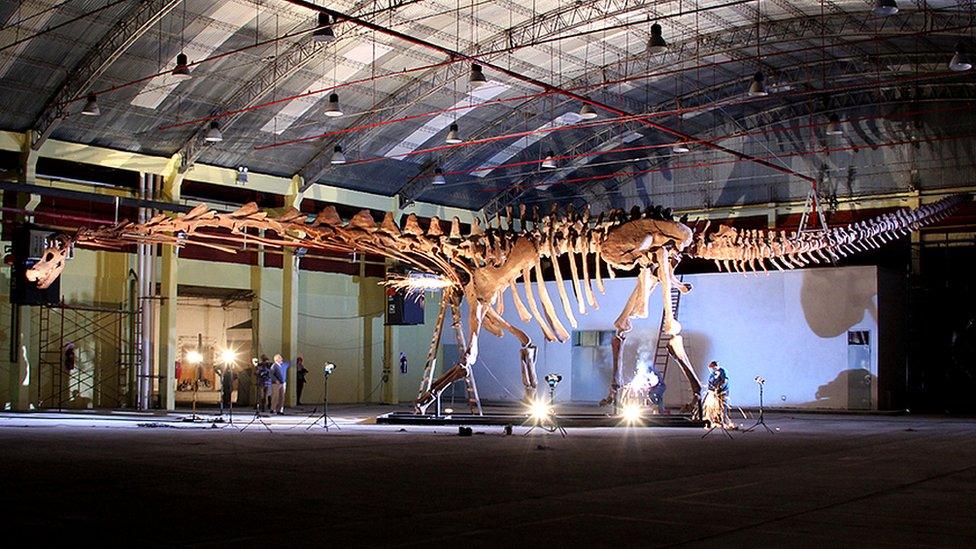Dinosaur exhibition unearths region's history
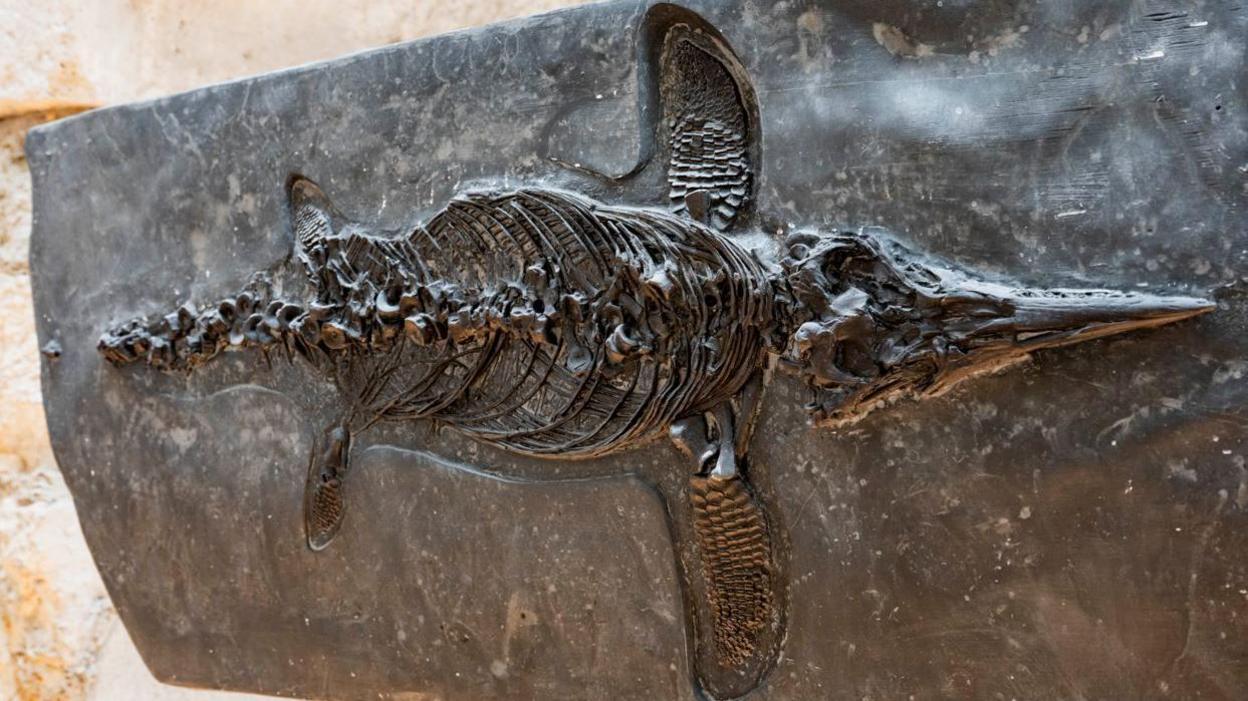
Hidden in Stone features replicas and casts of various extinct marine reptiles such as ichthyosaurs
- Published
A free exhibition that tells the story of the south of England, from Jurassic dinosaurs through to early humans, has opened.
The University of Southampton's Hidden in Stone, which features a cast of Dorset fossil hunter Mary Anning's Plesiosaurus, can be visited at the city's God's House Tower for eight weeks.
It showcases dozens of specimens from Lyme Regis in the west, across the Isle of Wight to Hastings in the east, and north into Hampshire.
Exhibition lead professor Neil Gostling said he hoped it would inspire the next generation of scientists.
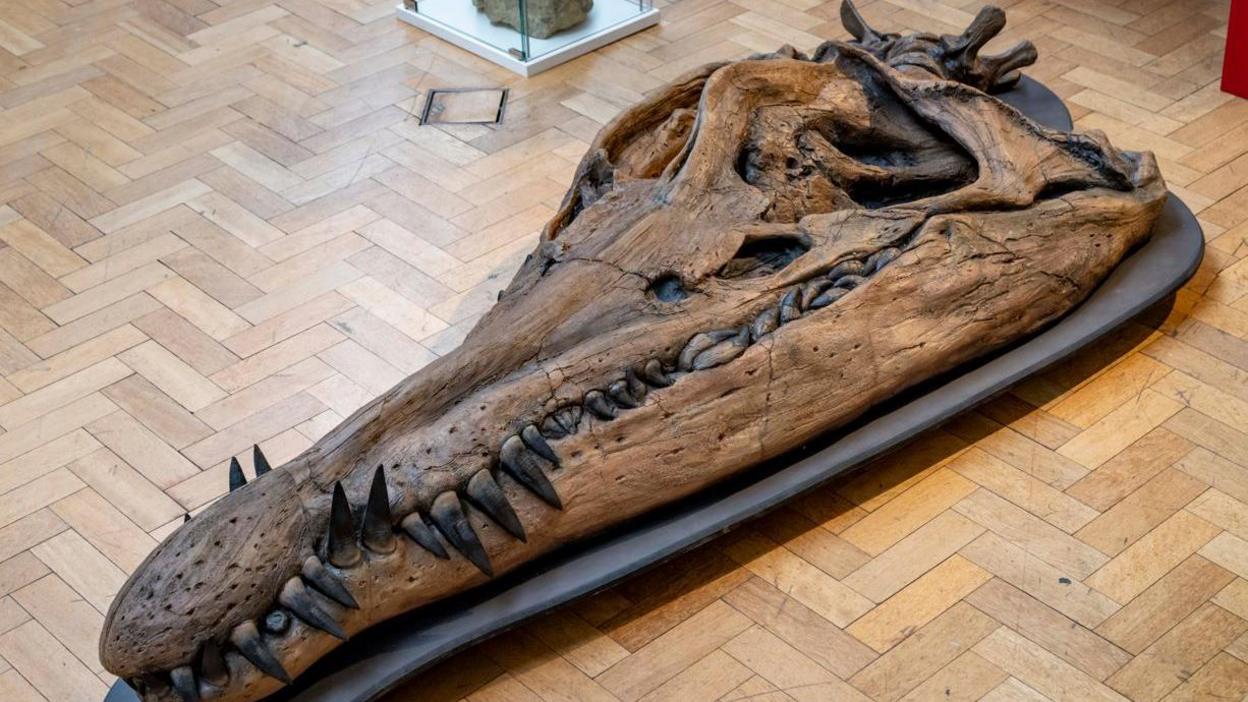
A full-size replica of the Kimmeridge Pliosaur skull can be seen for the first time outside The Etches Collection of Jurassic Marine Life
University paleobiologists and archaeologists have been working with artists, including Anthony Hutchings, to transport visitors back across the past 200 million years of life, normally hidden in stone.
Prof Gostling, who is an associate professor in evolution and palaeobiology at the university, said Jurassic marine reptiles like pliosaurs were "cruising the waters over what is now Dorset".
"In more recent times, we see near tropical temperatures, with turtles and crocodiles in the water, large flightless birds, ancestors of horses, and hippo-like animals," he said.
"In the last half a million years, another more familiar type of animal arrived - humans, and prehistory starts to become history, our own story."
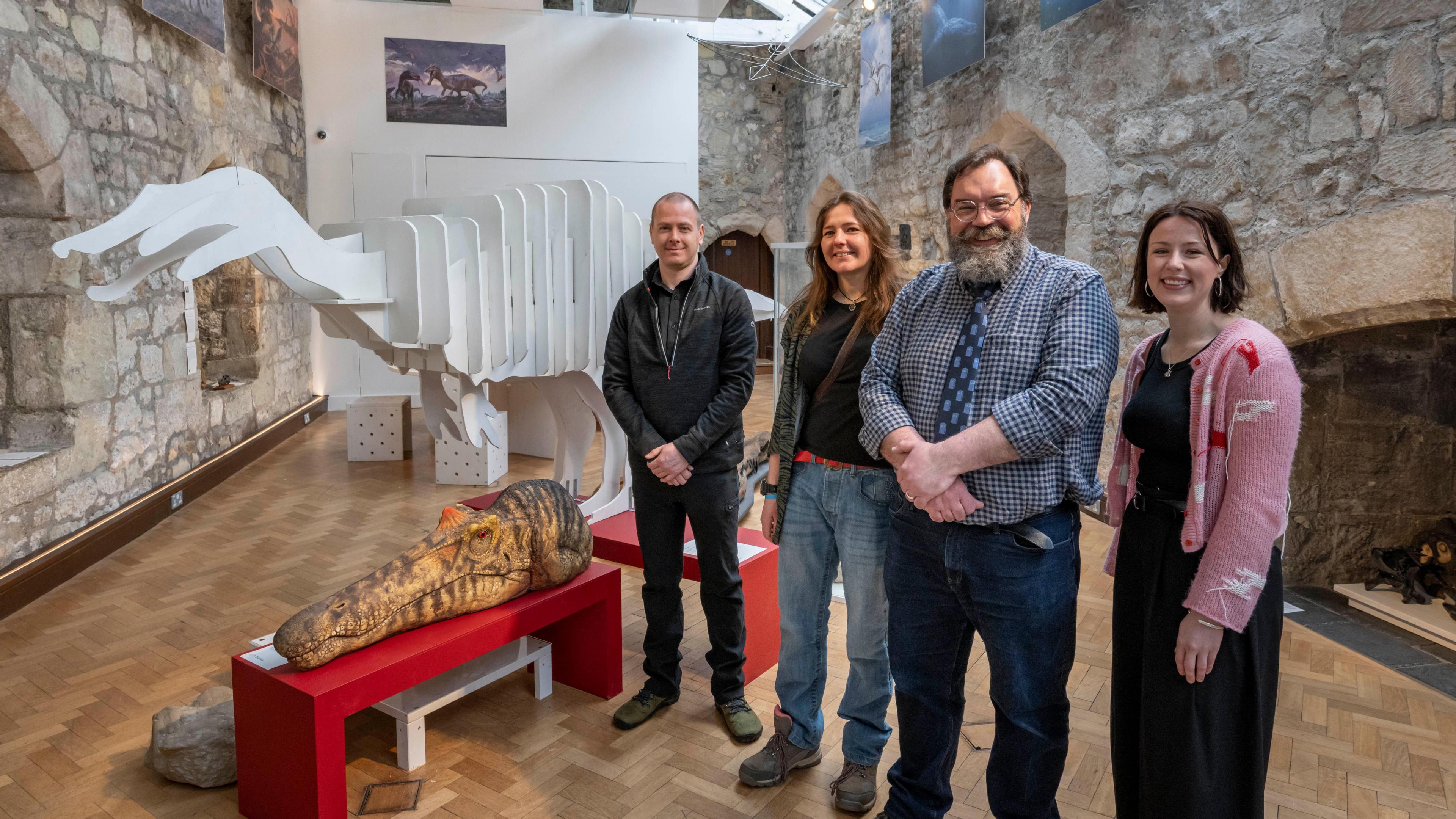
Prof Gostling (with glasses) worked alongside wildlife and paleo artists and researchers including (left to right) Brynn Porter, Karen Fawcett and Rebecca Ferreira
A full-size replica of the Kimmeridge Pliosaur skull – which featured along with Dr Gostling in the BBC special Attenborough and the Giant Sea Monster - will be seen for the first time outside The Etches Collection of Jurassic Marine Life.
Skulls of herbivorous iguanodontids, and carnivorous spinosaurs, alongside casts of ichthyosaurs and Anning's plesiosaurus will join the skull of a woolly rhino.
Early human artefacts such as flints and worked bone, along with dozens of other pieces including shark teeth, are also featured.
Karen Fawcett, a wildlife and paleo artist who created several bespoke sculptures for the exhibition, said she had to "extend" her knowledge of living birds, reptiles and mammals, to recreate the extinct creatures and "capture the essence of the real thing".
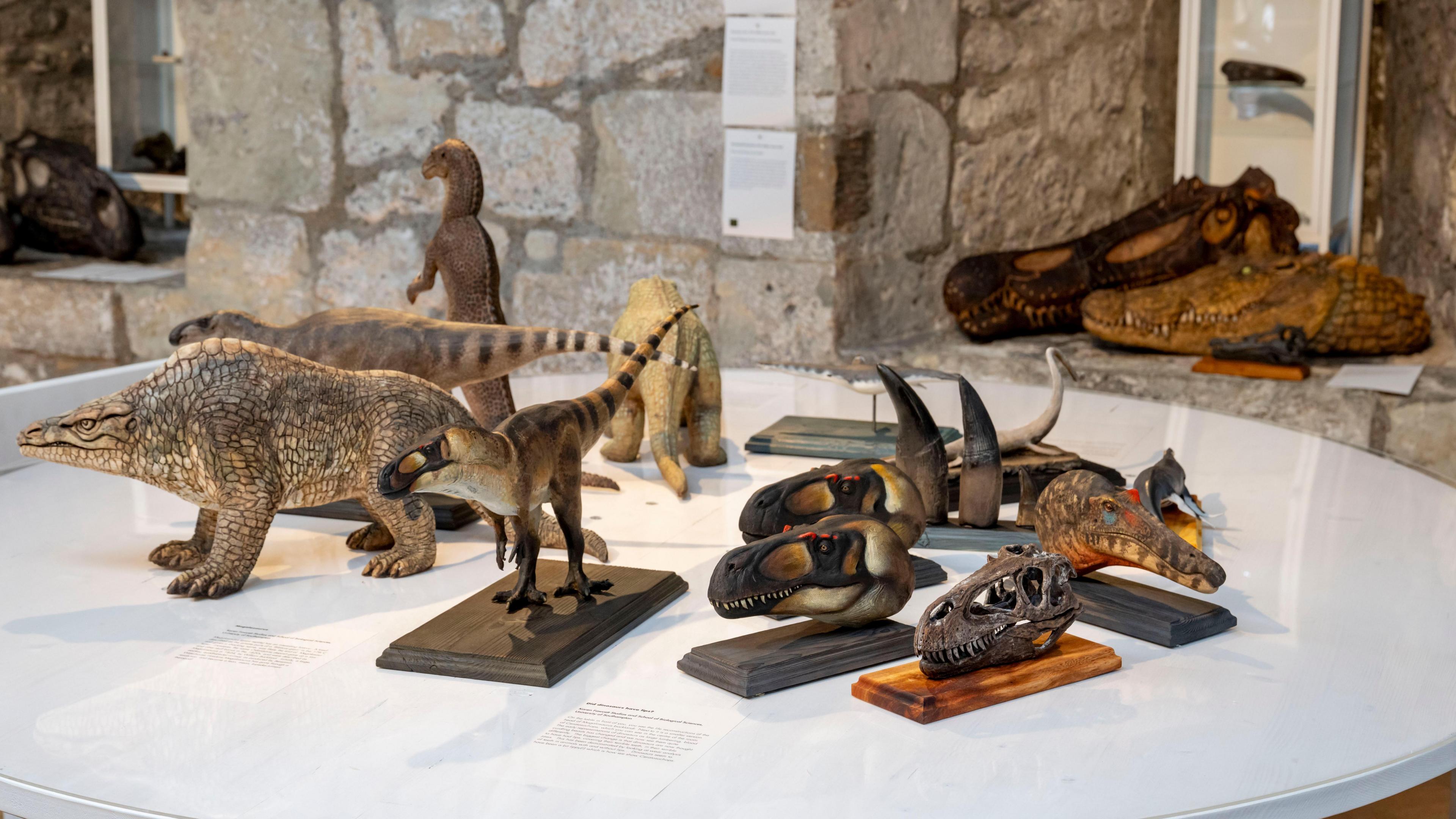
Prof Gostling said he hoped the exhibition would inspire the next generation of scientists
Get in touch
Do you have a story BBC Hampshire & Isle of Wight should cover?
You can follow BBC Hampshire & Isle of Wight on Facebook, external, X, external, or Instagram, external.
- Published2 January
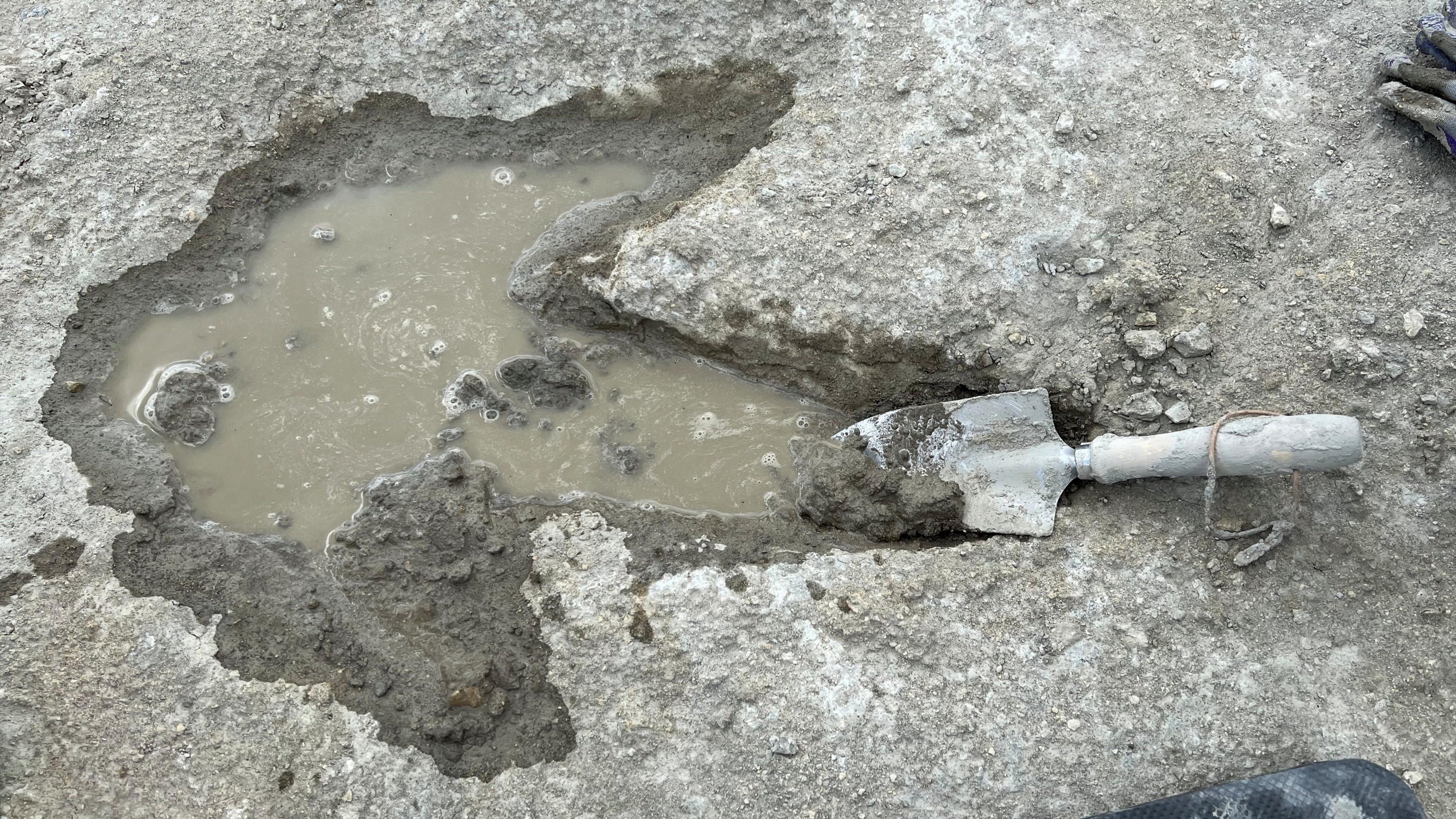
- Published5 December 2024
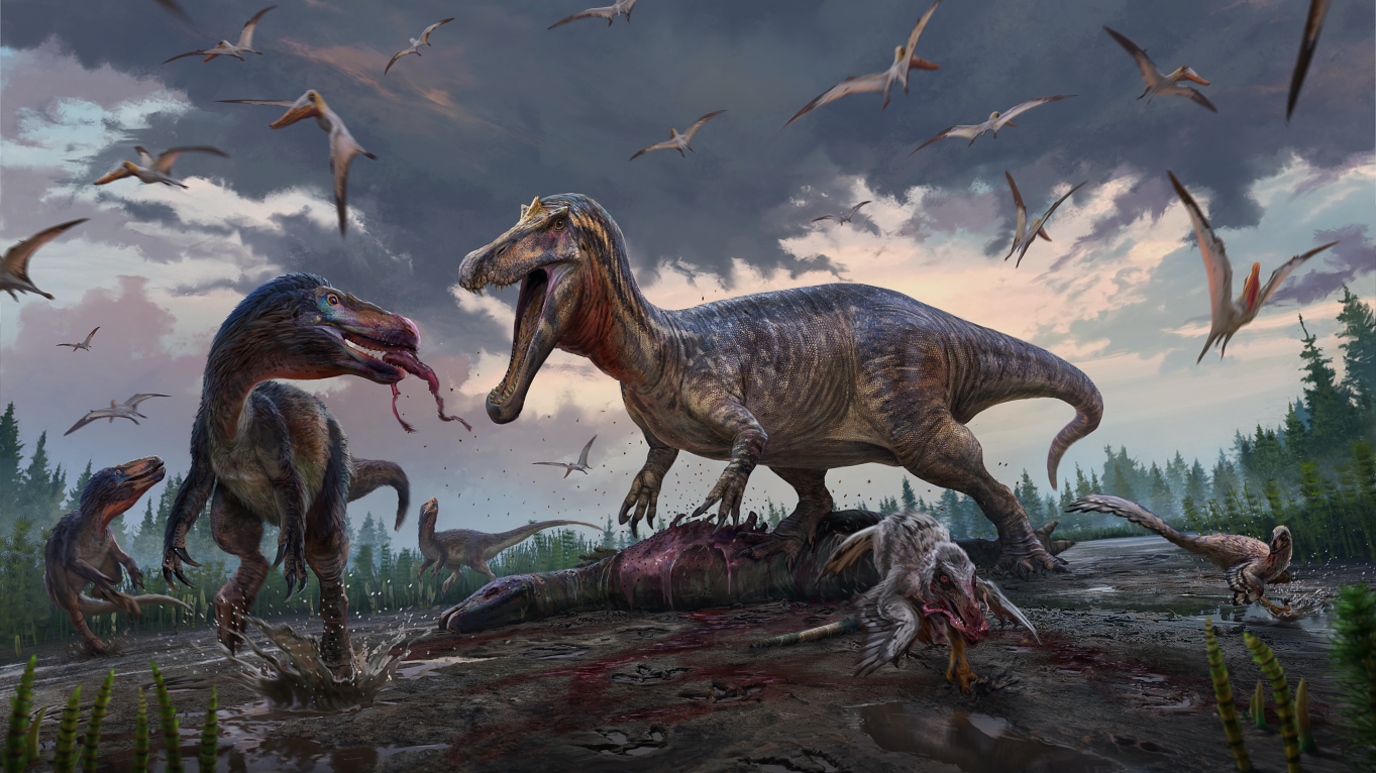
- Published24 May 2024
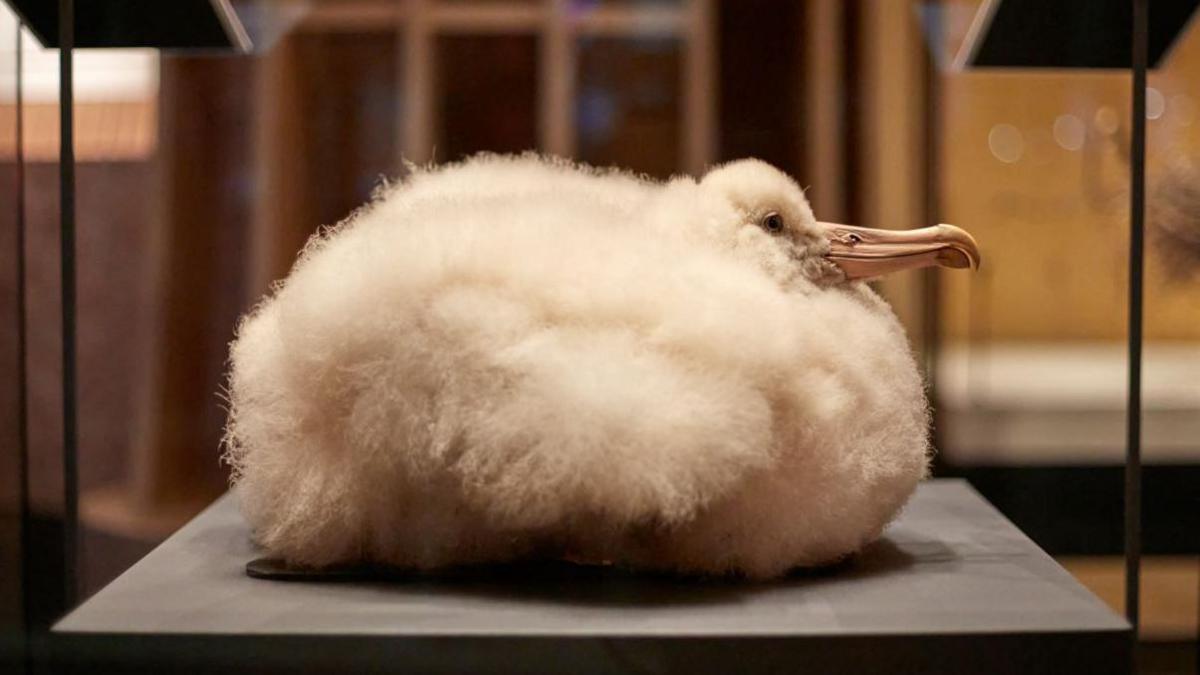
- Published31 March 2023
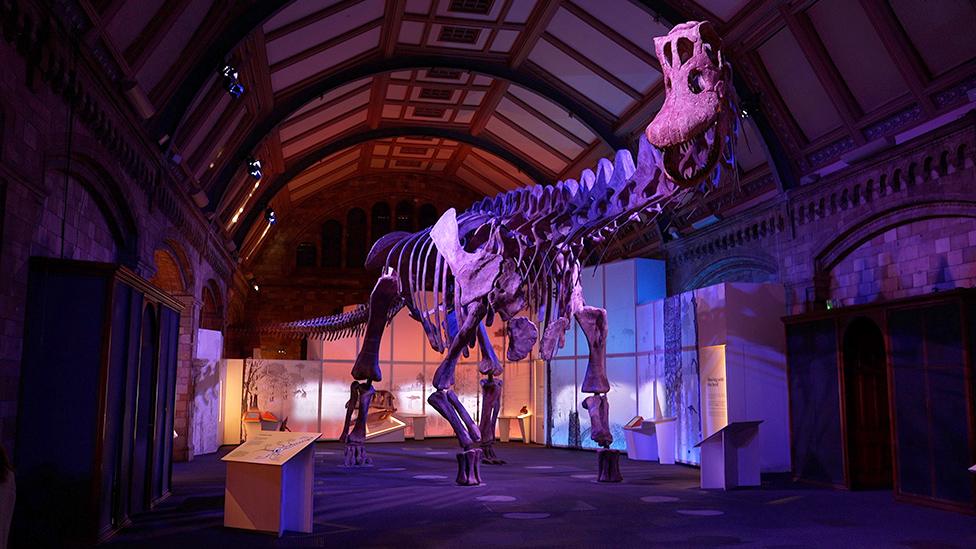
- Published28 November 2022
